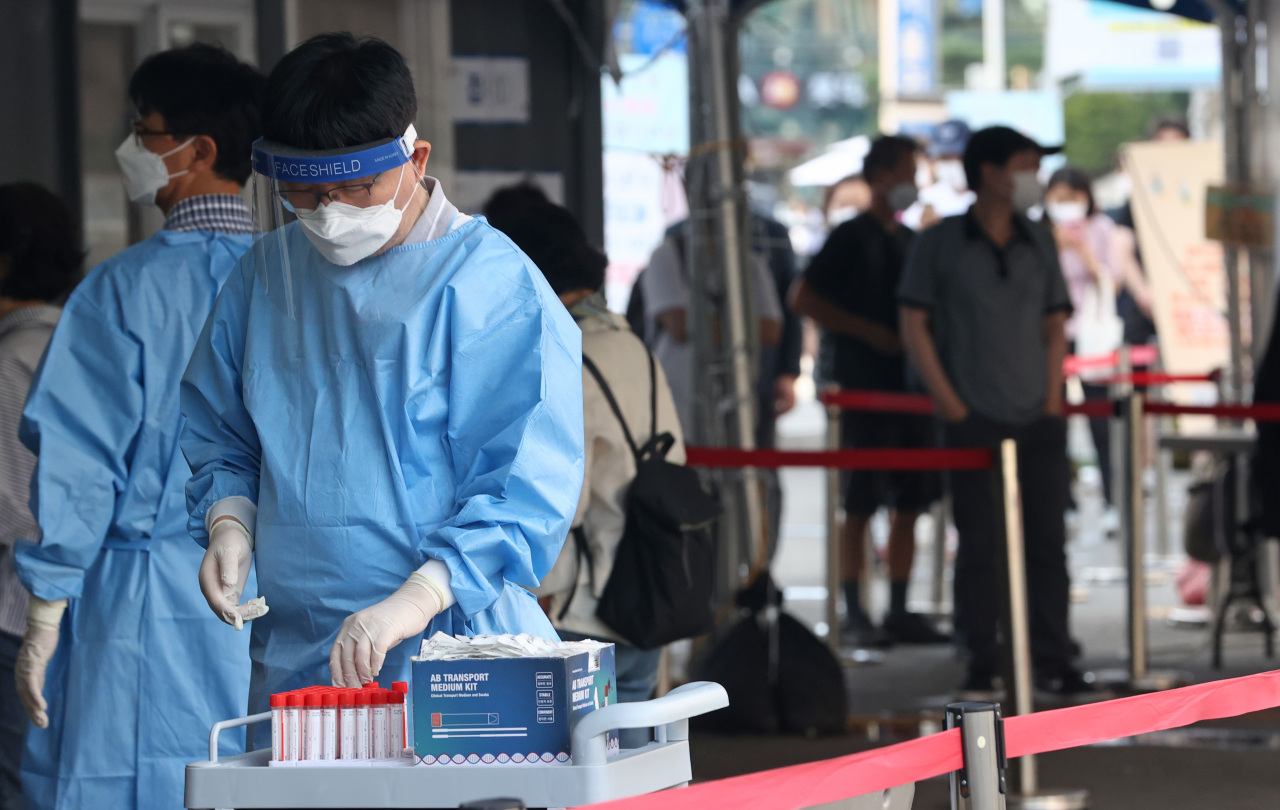您现在的位置是:半岛新闻网 > 资讯
NASA's Artemis 1 moon megarocket launch was just delayed
半岛新闻网2024-09-22 09:38:38【资讯】6人已围观
简介NASA's former Space Shuttle manager saw this delay coming. The space agency scrubbed the much antici
NASA's former Space Shuttle manager saw this delay coming.
The space agency scrubbed the much anticipated first launch of its colossal new megarocket, the Space Launch System (SLS), on Monday morning, Aug. 29, due to a fueling problem with one of the rocket's engines. Wayne Hale, who ran flights for the retired Shuttle, recently gave 50-50 odds for the launch happening on its initial try. The next launch opportunity for the Artemis l mission, however, is quite soon, on Sept. 2.
Prime Day deals you can shop right now
Products available for purchase here through affiliate links are selected by our merchandising team. If you buy something through links on our site, Mashable may earn an affiliate commission.iRobot Roomba Combo i3+ Self-Emptying Robot Vacuum and Mop—$329.99(List Price $599.99)
Samsung Galaxy Tab A9+ 10.9" 64GB Wi-Fi Tablet—$178.99(List Price $219.99)
Apple AirPods Pro 2nd Gen With MagSafe USB-C Charging Case—$199.00(List Price $249.00)
Eero 6 Dual-Band Mesh Wi-Fi 6 System (Router + 2 Extenders)—$149.99(List Price $199.99)
Apple Watch Series 9 (GPS, 41mm, Midnight, S/M, Sports Band)—$299.00(List Price $399.00)
"It’s the first launch of a new complex rocket and there are likely still bugs to be worked out. Sorry if that makes folks upset but best to be realistic," Hale recently tweeted.
SEE ALSO:How NASA's new megarocket stacks up against its legendary predecessorTweet may have been deleted
The official problem is that NASA couldn't get one of the rocket's four engines on its core stage (the big orange "backbone" of the rocket that's filled with liquid oxygen and hydrogen) within an acceptable temperature to safely launch the rocket. NASA engineers tried to fix the issue on the launchpad, but were unsuccessful. Importantly, "The Artemis I rocket and spacecraft are in a stable, safe condition," the space agency noted after the canceled launch.
"You don't want to light the candle until it's ready to go," NASA administrator Bill Nelson said on NASA TV after the agency scrubbed the launch.
"This is just a part of the space business," he added.
"You don't want to light the candle until it's ready to go."
NASA ran into buggy pre-launch testing issues this spring, too. But while it might be easy to criticize another delay, it's common for kinks to be worked out during test launches. And, critically, NASA has the responsibility of demonstrating an extremely safe rocket: If this launch is successful, the space agency will put astronauts on its next launch to the moon (a mission called Artemis ll). By late 2025, NASA plans for astronauts to once again walk on the chalky lunar surface, this time in the moon's shadowy south pole (Artemis ll).
Related Stories
- Artemis spacecraft will whip around the moon over 42 days — here's why
- NASA astronauts on Artemis could talk to a spaceship computer
- Why landing a spaceship on the moon is still so challenging
- The best telescopes for gazing at stars and solar eclipses in 2024
- The unusual things NASA's moon-bound spaceship is carrying
Tweet may have been deleted
This mission, Artemis l, seeks to prove that both the new Space Launch System and the Orion spacecraft atop the rocket perform as planned and hold up to extreme space environs. Ultimately, NASA plans to use this colossal rocket to establish a permanent U.S. presence on and around the moon. After a 50-year lunar absence, SLS — though hugely expensive, delayed, and tangled in U.S. politics— will enable NASA to restart its human exploration of deep space.
This story is developing and will be updated.
很赞哦!(8)
相关文章
- CrowdStrike outage is still causing hundreds of flight cancellations daily
- Sir David Attenborough delivers stark warning in BBC doc 'Extinction: The Facts'
- Blowhole wave energy could soon be world's cheapest clean power
- New cases slightly over 1,700; concerns grow over further spread after Chuseok holiday
- 13 Astronomical Clocks Connecting Time And Space
- 兰开驰会见中国恒天集团副总裁李晓红一行
- Moon to attend Major Economies Forum on climate
- Avital Ronell harassment case: Some things aren’t complicated.
- A Global Tour of Bakeries With Fascinating Histories
- Media workers' groups urge parties to renounce vote on disputed media bill
热门文章
站长推荐
25 Years Later: A Brief Analysis of GPU Processing Efficiency

New cases slightly over 1,700; concerns grow over further spread after Chuseok holiday

YouTube will now let you auto

Coinbase now offers interest to people holding USDC on its exchange

Aricell CEO arrested in first case under industrial accidents law

North Korea releases water from border dam after downpours

Cheong Wa Dae shows cautious optimism over North Korea’s overture

宝兴发放大学生创业补贴18万元创业担保贷款120万元